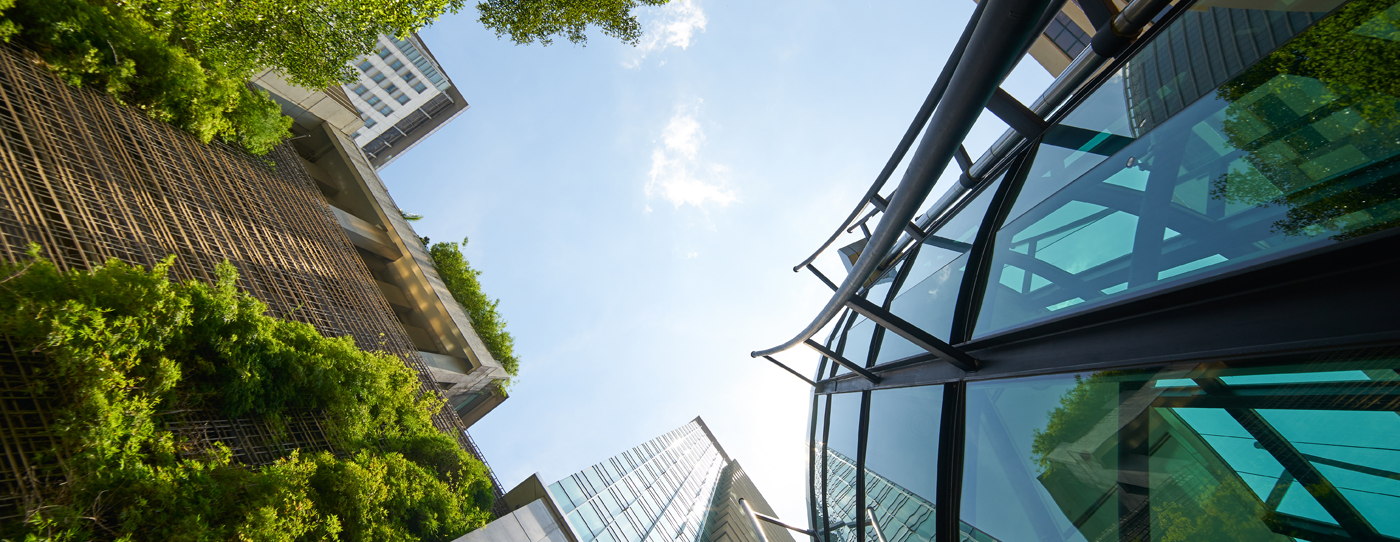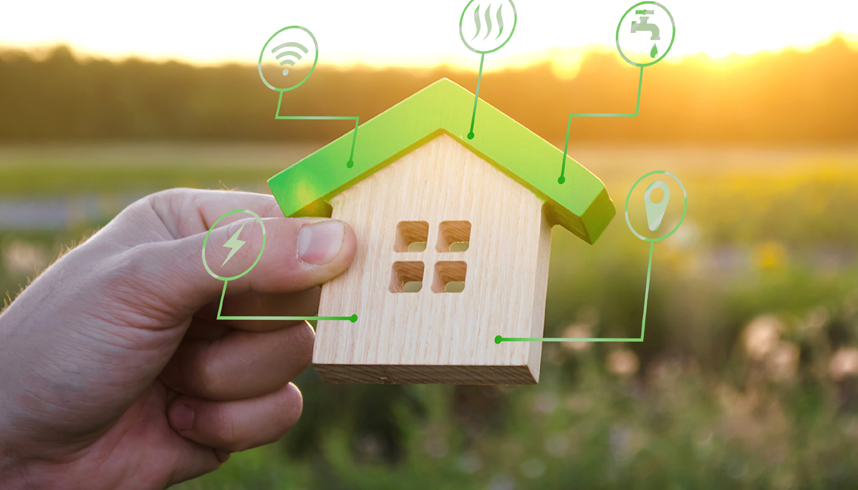
Green Buildings on the Rise: What you need to know about LEED Certification
Green building standards such as LEED are becoming more prominent with investments in clean energy. This is unsurprising, given that the housing sector generates 40% of global carbon emissions. As the needs of buildings, such as heating, cooling, lighting, and hot water, are met, the energy spent is blended into the atmosphere in the form of carbon emissions. The size of household waste also plays a significant role in polluting the environment. LEED certification is a global program encouraging the housing industry to reduce these impacts. It assesses the sustainability performance of buildings by rating them against specific criteria.
What is LEED certification, and what does it mean? What criteria do they take into consideration for certification? Let's go through the answers together.
What is LEED certification?
The LEED certification stands for “Leadership in Energy and Environmental Design” and is an international certification program developed to design zoning projects more sustainably and energy-efficiently. Launched by the United States Green Building Council (USGBC) in 1993, the program covers the certification of buildings according to their level of sustainability by assessing them against various criteria.
Many criteria that respect the environment, including energy efficiency, are assessed in the rating of buildings. In this way, the environmental damage caused by buildings can be prevented. According to USGBC data, a green building consumes an average of 32% less electricity, preventing 350 tonnes of CO2 emissions from entering the atmosphere annually.
While there are many standards for green buildings, LEED certification is one of the most popular across our country and around the world. Current statistics in Türkiye indicate that 49 facilities in 2021 and 40 in 2022 qualified for LEED certification. In 2022, the area covered by the certificate-eligible projects totaled 700,000 square meters.
Categories, scoring, and certification levels
Any building that meets the prerequisites may request LEED certification. First, choosing the appropriate application category for the building type is necessary. Overall, there are three categories of applications: New Buildings, Existing Buildings, and Interiors. Even though each category has the same criteria, the rating for those criteria varies.
Once the category has been selected, buildings meeting the requirements of this category receive points called "credits". While the minimum credit to qualify for the certificate is 40, the highest credit that can be achieved when all requirements are met is 110.
For example, when a LEED certificate is applied from the New Buildings category for any building, such as a hospital, school, commercial enterprise, warehouse, etc., this building is scored under specific criteria. When all the points are collected on the criteria of location and transportation, sustainable land, water efficiency, energy and atmosphere, materials and resources, indoor environment quality, and other (including innovation and regional priority) criteria, the certification to which the property is entitled is determined.
Projects are ranked according to one of four different levels of certification depending on the criteria they provide. Those with a score of 40-49 receive a "Lean Certificate," those with a score of 50-59 receive a "Silver Certificate," those with a score of 60-79 receive a "Gold Certificate," and those with a score of 80 and above are entitled to receive a "Platinum Certificate."

The greenest building in Bursa: Bursagaz
Bursagaz, one of SOCAR Türkiye group companies, stands out for its eco-friendly policies. One of the company's most significant breakthroughs in this regard was applying for the LEED certification program for the headquarters building. Following the successful completion of many sustainability criteria, Bursagaz achieved LEED Platinum, the highest level of certification, in 2017.
Let’s take a look at the pioneering work that has been done in this context:
- The building was located close to public transport and within walking distance of the most critical points in the city, which reduced vehicle consumption.
- Separation of recyclable waste allowed for regular monitoring of waste discharged during construction.
- During the design phase, recycling bins were moved to high-traffic areas, and main collection areas were created. Recyclable materials have been given preference in building construction.
- The rainwater collection system has been implemented, and the rainwater has been recovered. Green space has been maximized. The objective was to reduce the need for irrigation and water consumption by using local and suitable vegetation throughout the building.
- It was ensured that the energy needs were met from renewable energy sources by using the photovoltaic system and solar panels, etc., and the energy consumption was aimed to be reduced to a minimum. Lighting systems using motion and daylight detectors were used for this purpose.
- The effectiveness of mechanical devices has been maintained at a high level. Isolation measures have been taken to avoid heat loss. With the advanced automation system, regular monitoring of the energy expenditure of the building from electricity, heating, ventilation, cooling, and water consumption has been achieved.
- It was ensured that health-damaging volatiles in the building were kept to a minimum during construction and after settlement. Automation systems have been set up to keep the quantity of fresh air above the limit value. The performance of the air filters has been improved.
Bursagaz's accomplishments in LEED certification will be an inspiration to many sectors. Furthermore, as the number of green buildings grows, it will be much shorter for us to reach the sustainable living. As SOCAR Türkiye, we will continue to develop new applications that support green transformation and drive the transition to renewables.